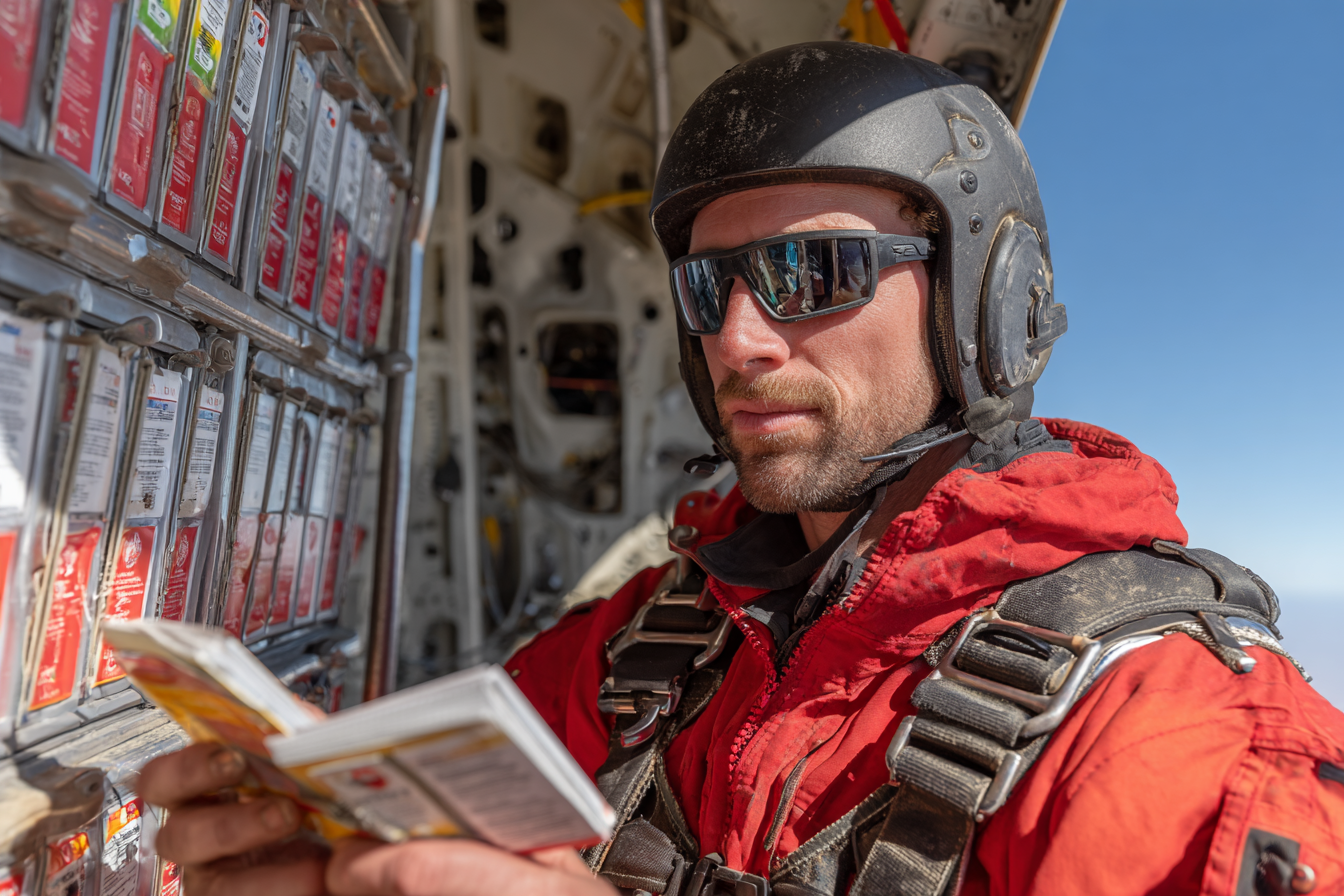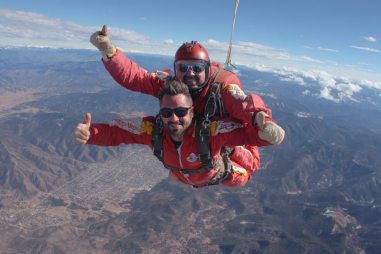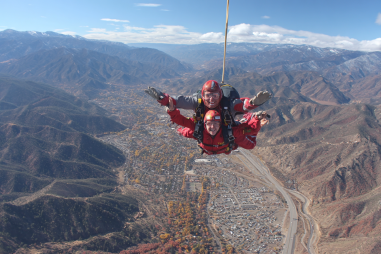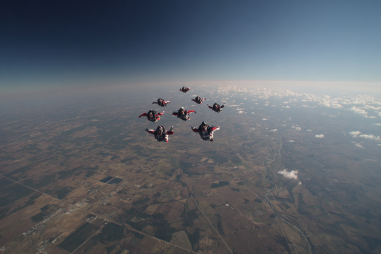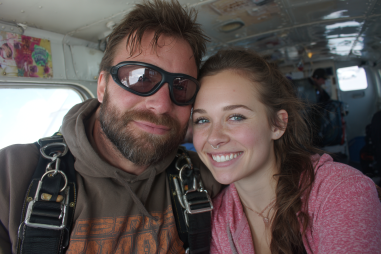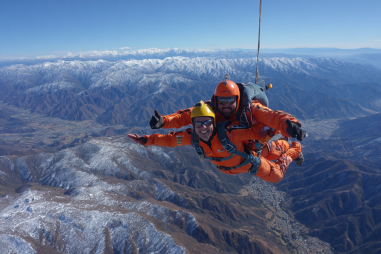When it comes to skydiving, the thrill of freefalling through the sky is matched only by the importance of safety. Using the right gear and ensuring it meets established safety standards is crucial to protecting yourself on every jump. Understanding skydiving gear safety standards not only helps you make informed decisions about equipment but also promotes confidence each time you step onto the plane. In this article, we’ll dive into the regulatory framework, equipment requirements, and essential practices that govern skydiving gear safety.
Regulatory Bodies and Certification Agencies
Skydiving equipment safety standards are governed by multiple organizations worldwide, each playing a vital role in ensuring products are tested and certified before hitting the market. In the United States, the Federal Aviation Administration (FAA) is the primary regulatory body overseeing skydiving operations and equipment certification. The FAA mandates strict compliance with safety protocols for gear manufacturers and operators.
Internationally, the European Parachute Industry Association (EPIA) helps set standards for parachute systems, collaborating closely with national aviation authorities. Additionally, the United States Parachute Association (USPA) provides comprehensive safety guidelines, training programs, and equipment recommendations for skydivers and instructors. These organizations collectively maintain and update the criteria for gear safety and ensure compliance through certifications and continuous monitoring.
Safety Criteria for Parachutes and Containers
The parachute system, consisting of the main chute, reserve chute, and container, is the heart of skydiving safety. Gear safety standards dictate materials, construction methods, and performance benchmarks to withstand the rigors of skydiving.
Parachutes must be rigorously tested for durability, repackability, and reliability. Reserve parachutes, in particular, must comply with FAA Technical Standard Orders (TSO), such as TSO-C23d, which specifies design and performance requirements to ensure deployment under emergency conditions. Both main and reserve parachutes undergo stress tests to confirm they can handle opening forces and repeated uses without failure.
The container, which houses the canopy systems, is also critical. Containers must be made of robust yet lightweight materials, with secure rigging points and reliable closing mechanisms. Safety standards require consistent inspections and maintenance to prevent wear and tear that could compromise function.
Helmet and Altimeter Standards
While parachutes are the primary focus, helmets and altimeters are essential components of skydiving gear safety, providing impact protection and altitude awareness.
Helmets used in skydiving must meet specific impact resistance standards, such as those set by the Snell Memorial Foundation or other recognized testing bodies. Most skydiving helmets are designed to protect against ground impact rather than high-speed collisions, so durability and fit are paramount. Many skydivers opt for full-face helmets for additional protection, especially in more advanced jumps.
Altimeters come in analog, digital, and audible forms and are vital for monitoring altitude during freefall and deployment. Safety standards emphasize the accuracy, readability, and reliability of altimeters. Digital and audible altimeters must be tested for battery life, visibility under varying light conditions, and ease of use to ensure skydivers can make timely decisions during their descent.
Packing and Inspection Requirements
One of the most critical aspects of skydiving gear safety is the regular packing and inspection of parachutes. Packing must follow strict protocols to guarantee proper deployment. Certified riggers, who have undergone specialized training and passed rigorous examinations, are authorized to pack reserve parachutes, while experienced skydivers often pack their own mains after certified instruction.
Inspection routines include checking fabric integrity, stitching, hardware condition, and line continuity. Parachute components are examined for any signs of damage, such as tears, worn stitching, or corrosion on metal parts. Regular inspections are not only mandated by regulatory bodies but are also lifesaving practices embraced by responsible skydivers.
In addition, before every jump, skydivers perform personal gear checks to verify that all connections and safety pins are secure, altimeters are functioning, and helmets fit properly. These pre-jump audits complement professional inspections and ensure readiness at each stage.
Role of Automatic Activation Devices (AADs)
Automatic Activation Devices (AADs) have revolutionized skydiving safety by providing a backup deployment mechanism in case a skydiver cannot deploy their parachute manually. AADs monitor altitude and descent speed, automatically triggering the reserve parachute at a predetermined altitude if it detects that the skydiver is still in freefall.
AADs must meet rigorous certification standards verifying their reliability, environmental resistance (such as tolerance to moisture and temperature extremes), and alert systems. Regular testing and maintenance of AADs are necessary to ensure they function correctly when needed most. Many drop zones require the use of AADs as an essential safety measure, recognizing their role in preventing fatal accidents due to unconsciousness or equipment malfunction.
Training Implications Related to Gear Safety
Training programs for skydivers emphasize gear safety from day one. Comprehensive instruction includes not only the mechanics of parachute operation but also equipment familiarity, packing techniques, and emergency procedures. Responsible training institutions align their curriculum with the guidelines set forth by the USPA and FAA, ensuring that students understand the importance of gear checks and maintenance.
Self-packing instruction, a critical skill for progression, teaches skydivers how to correctly fold and secure the canopy, handle lines, and perform pre-jump safety verifications. Advanced courses also cover the proper use of helmets, altimeters, and AADs, instilling habits that enhance safety throughout a parachutist’s career.
Common Myths and Facts About Equipment Safety
Despite the thorough standards and extensive training, some myths about skydiving gear safety persist. Here are a few common ones debunked:
- Myth: Skydiving gear is prone to failure and is very risky.
Fact: Skydiving equipment undergoes stringent testing and regular inspections, making failures extremely rare when safety protocols are followed. - Myth: Only expensive gear is safe.
Fact: While high-quality gear can offer enhanced features, safety primarily depends on proper certification, maintenance, and usage, not just price. - Myth: AADs are unnecessary and only used by beginners.
Fact: AADs are recommended for all levels as a critical backup device, with many experienced jumpers relying on them to enhance safety.
Understanding these facts helps skydivers make informed decisions and dispel fears based on misinformation.
Staying Informed and Compliant for Safe Skydives
Ultimately, the key to safe skydiving lies in knowledge, preparedness, and adherence to established safety standards. Regularly updating yourself on gear certifications, performing diligent inspections, and committing to proper training are foundational practices. Always purchase equipment from reputable manufacturers, confirm compliance with regulatory bodies, and ensure ongoing maintenance.
By respecting skydiving gear safety standards and fostering a culture of vigilance, every jump can be an exciting yet secure adventure through the skies. Remember, staying informed and compliant isn’t just about rules—it’s about protecting your life and freedom to fly safely.

